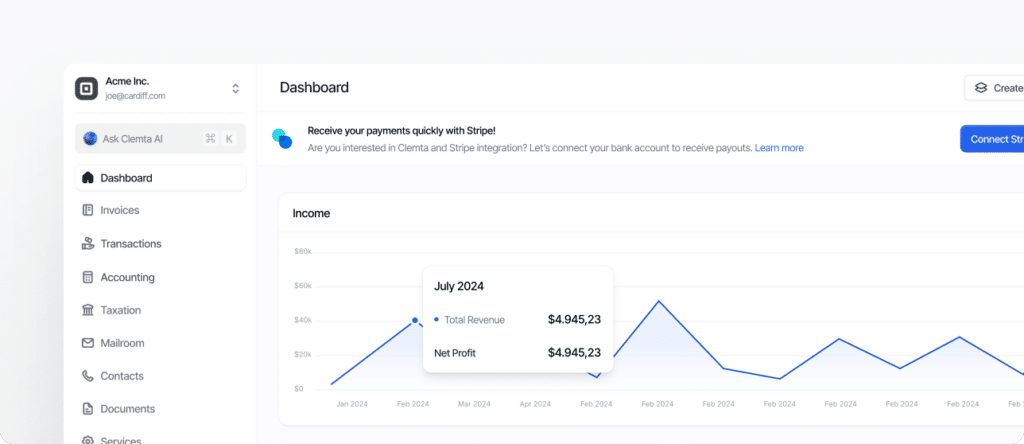An accounting method where income and expenses are recorded when they are earned or incurred, regardless of when cash is actually received or paid.
What is Accrual Basis Accounting?
Accrual basis accounting is one of the two main accounting methods used by businesses (the other being cash basis accounting). Under the accrual method, revenue is recognized when it is earned (meaning when goods are delivered or services are performed) not when payment is actually received. Similarly, expenses are recorded when they are incurred, even if the payment will be made later.
For example:
- If your U.S. company delivers a product in December but gets paid in January, the sale is recorded in December.
- If you receive a bill for services in March but pay in April, the expense is recorded in March.
This approach gives a more accurate picture of a business’s financial performance because it matches income and expenses to the period in which they actually occur. It’s the standard required by Generally Accepted Accounting Principles (GAAP) and is often preferred by investors, lenders, and larger businesses.
For non-U.S. founders with U.S. companies, accrual accounting may be particularly useful when:
- Managing inventory-heavy operations (common in e-commerce).
- Tracking long-term contracts or subscription-based services.
- Preparing financial statements for investors or compliance purposes.
While accrual basis provides a clearer financial snapshot, it can be more complex to manage than cash basis, since it requires careful tracking of receivables, payables, and adjustments for unearned revenue or prepaid expenses. Many startups begin with cash basis and switch to accrual as they grow or when required by tax rules (e.g., if they hold inventory or exceed certain revenue thresholds).

